The Last Vicereine: Love in the Time of Partition by Rhiannon Jenkins Tsang
Reviewed by Rituparna Roy
Lady Edwina Mountbatten, wife of Lord Mountbatten, is the star of Rhiannon Jenkins Tsang’s novel, The Last Vicerine (2018). Released the same year as another fictionalized — and much criticized historical drama, Gurinder Chadha’s film, Viceroy’s House, reviewing Tsang’s novel is unusually and inevitably a comparative project. Unlike the film, which historians deplored for the liberties it took when telling the story of the partition, Tsang’s novel being fiction is let off more easily. Yet, the question is what she does with her chosen subject.
Nehru and Edwina
The book’s cover of Edwina’s profile superimposed on a silhouette of Nehru is evocative; it is widely known that the two shared a special relationship. Their lives, quite unforgettably, have been amply documented through several biographies and Nehru himself was a prolific letter-writer who penned his autobiography from prison. His correspondences take up several volumes in the Nehru Memorial Museum and its Library archives in Teen Murti Bhavan, New Delhi. One had hoped for deeper insights into their relationship than those offered by Tsang.
Nehru’s private correspondence with Edwina that was first housed in the Mountbatten family archives at Broadlands, and later in the Mountbatten Archives at Southampton University, where they were placed under embargo. Unfortunately, the author has not been able to gain access to this important primary material, which though acknowledges is a major drawback. She has been able to consult other Mountbatten papers at Southampton and that is precious. Reliance on Janet Morgan’s Edwina, Mountbatten, A Life of Her Own – in which a part of the Nehru-Edwina correspondence had been published is an advantage with caveats. Other sources such as the recollections of Alan-Campbell Johnson (Press Attaché to Lord Mountbatten) and Margaret Bourke-White (famous Life magazine photographer) add value to the novel; both of them are characters in the novel.
Edwina and Pippi
What emerges from Jenkins’ research is a story of Edwina told by an imaginary character who plays a close associate – Lady Letticia Wallace, nicknamed Pippi. And in the world of the novel, both women work for the St John’s Ambulance Brigade during the London Blitz and build a bond. When Mountbatten is suddenly asked to replace Lord Wavell as the Viceroy of India by King George VI in February 1947, Edwina is morally bound to accompany him. But their marriage has long been a sham (with Mountbatten having a steady mistress and Edwina having had affairs herself) and she is no mood to keep up pretences anymore. Luckily, like her husband, she is allowed to choose her staff, and she makes the India mission bearable for herself by deciding that Pippi would be with her in the capacity of ‘Special Adviser to the Vicereine.’ The latter is a recluse in Oxford after losing her entire family in the war – her lawyer husband and their two sons . Edwina however succeeds in persuading the reluctant Pippi to accept her offer, and thus starts a new phase in Pippi’s life. Pippi accompanies the Mountbattens to India, staying with the Viceregal couple for the entire duration of their brief, and actually continues to stay even after they leave –– since she finds her new love in Delhi.
Pippi’s narration follows a straightforward chronological arc, a veritable ticking time bomb in five parts, with titles that detail the period, like Part I – ‘India Full Speed Ahead, February 1947 to late May 1947; Part II – ‘Saints, Sinners, Lovers, Traitors, June 1947 to 15th August 1947, and Part V – ‘Marigolds, New Delhi, 22nd February 1960. We are left in no doubt about the historical narrative and we get to see and hear many of the big players – in addition to Alan Campbell-Jonson and Bourke-White, we have George Abell (Private Secretary to Lord Wavell, and then to Mountbatten), Claude Auchinleck (Commander-in-Chief, India), Sir Cyril Radcliffe (the man brought in to divide India), Sir Evan Jenkins (Governor of the Punjab) on the British side; Nehru, Jinnah, Gandhi and Patel on the Indian side.
That all of them are accessible to Pippi is fictionally plausible – because she is “SE to her Ex” (Special Adviser to her Excellency the Vicereine), but her forced insertion into historical events is not always convincing. It is pertinent to note that all the major events in India in 1947-1948 have been covered in the novel — the Viceregal swearing-in ceremony, the Asian Relations Conference, the Viceroy’s visit to riot-affected Punjab, the Simla Conference, Independence day celebrations (in Delhi), the mass migrations following Partition, the Maharaja of Jaipur’s Silver Jubilee Celebrations in December 1947, Gandhi’s assassination in January 1948 and its immediate aftermath — to the extent that one could just as easily read it as a book of narrative history, not necessarily fiction. The novel resembles in style, Dominique Lappierre and Larry Collins’ 1970s bestseller Freedom at Midnight, minus its narrative pace and thrill.
Given Jenkins’ British sources, and the fact that the principal point of view in the novel is that of a member of the Viceregal staff, it is hardly surprising that what we get is a British perspective on the Indian Independence and Partition – one that is full of sympathy for Mountbatten and Cyril Radcliffe’s monumental responsibilities in the summer of 1947, and more generally, for the predicament on the British side; Tsang’s perspective on riot-affected victims in the Punjab and Delhi is far less emotionally engaging. Though Pippi meets Rajkumari Amrit Kaur – Gandhi’s personal secretary and a social worker of standing – and plays an active role in post-partition relief work, along with the Vicereine, we don’t enter the lives of the people they work with, a disappointing omission given that a wealth of literature spawned by the partition was at Jenkins Tsang’s disposal.
We don’t enter Edwina’s emotional life either; this is the most disappointing aspect of the novel: the novel has not delivered on its promise. “SE to her Ex” is an excellent ploy on the part of the novelist to give the Edwina story from the inside, but more is needed to sustain the reader’s interest. We learn about the Viceroy’s house (its people and routines and the radical changes introduced in its protocol by the Mountbattens), but not the Vicereine’s much teased-upon affair with Nehru. Here is Pippi, in one of the early chapters, chancing upon the Vicereine and the Congress leader at the Asian Relations Conference dinner party:
I went out on to the terrace. It was then that I saw them – Edwina and Jawahar. Caught in a halo of light from the stage, they sat in the centre. In that moment everything that was happening seemed to be spinning off them, happening because of them, and in some way connected to them. Edwina was sitting on a sofa, watching a performance of Indian dance. He was cross-legged at her feet. It was written on their faces, in the turn of her head and the angle of his back against the sofa, pressing too close to the hems of her skirt. Whether they knew it or not, it was unveiled for all the hundreds to see. Shocked, I realized that this was what those red-faced schoolboys, Alan Campbell-Johnson and Krishna Menon, had been gossiping about the other day.
I was looking for more moments like these when I could actually see them together, but they come again only at the end of the book, with Nehru officially bidding farewell to the Mountbattens in 1948. Since such moments would have been rare and unofficial, and their correspondence largely inaccessible, reimagining their relationship in flesh and blood required a leap of artistic imagination that Jenkins does not venture into. Though she says in her acknowledgements: “I am of the opinion that a sufficient period of time has now elapsed to make it possible to tell the story of the great friendship between Jawaharlal Nehru and Edwina Mountbatten in a fictional format,” she plays it safe.
Pippi and Hari
What the novel does deliver on is a romance between Pippi and Hari Rathore. Hari is a doctor by profession, but also a nationalist, a close friend of Nehru’s. Hailing from a privileged family of Rajputana, he returns to India from Cambridge and dedicates his career to serving the needy of his country. In 1947, he is a widower in his late 50s, with a son settled in the US, and a married daughter and grandchildren living in Lahore. He marries young, and is unable to connect with his even younger, superstitious wife before a brain tumour takes her away. A short affair with a socialite ends abruptly. In Pippi, Hari finds the companion he needs –– a mature, educated, sympathetic woman who shares his ideals and lonelier than he.
Pippi and Hari’s love story –– halting, uncertain at first, but finally life-affirming — is beautifully told, with many arresting moments: their very first meeting during Mountbatten’s ‘durbar’ in 1947, their second sudden meeting at Nehru’s York Road residence the morning after the Asian Conference, and their visit to the Qutb Minar while spending a day with friends at Mehrauli are some of the most memorable potraits. It is their relationship that drew me into the novel.
The novel came alive for me in the sections that center round them. However, immediately after an emotional momentum is built, political musings, summaries of events, and historical telling take over. The romantic anticipation is lost in the process. And by the time one meets them again, one has to re-invest oneself in their story.
Of the two parallel love stories in The Last Vicereine, the imaginary one –– between Pippi and Hari –– is rendered more imaginatively and successfully than the historical one. Though the novel appears to want to be about Edwina and Nehru, the story is Pippi’s, and had Jenkins Tsang been attentive to this, a different novel with the title “SA to her Ex” might have been her truer calling.
![]()
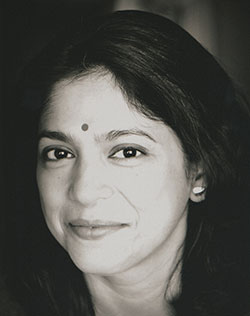
Rituparna Roy has taught at the Leiden University College (LUC), the Hague & the Leiden Institute for Area Studies (LIAS). She is the author of ‘South Asian Partition Fiction in English: From Khushwant Singh to Amitav Ghosh (AUP: 2010) & co-editor of the ICAS volume,’ Writing India Anew: Indian English Fiction 2000-2010′ (AUP: 2013). Her articles, interviews and reviews have appeared in The Wire.in, Scroll.in, The Punch Magazine, Our FrontCover & Kaani. Her fictional writings have been published by The Punch Magazine, Lebowski Publishers & Jaggery and a maiden collection of shorts, ‘Gariahat Junction’, is forthcoming.

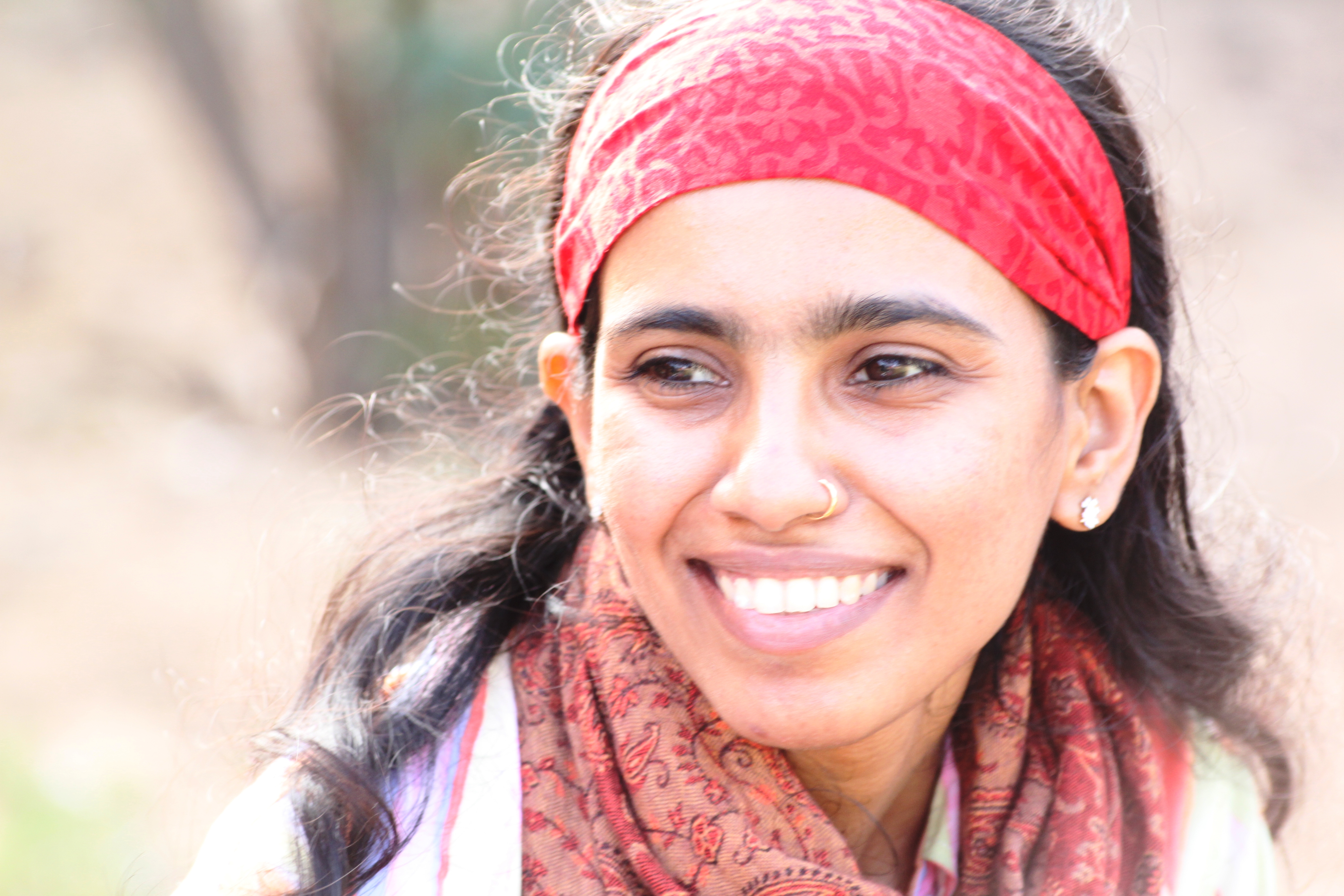



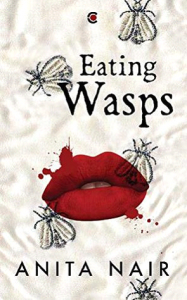
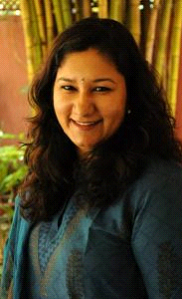
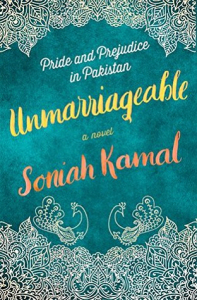

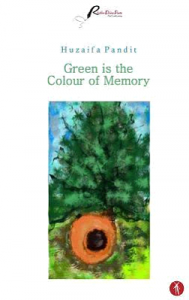

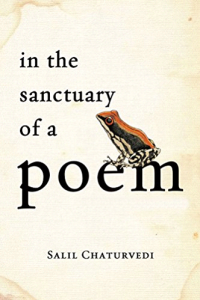

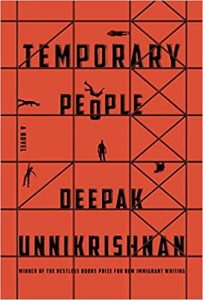

 Sushumna Kannan has a PhD in Cultural Studies from Centre for the Study of Culture and Society, Bangalore, India. Her research on the South Asian devotional traditions and feminist epistemology focused on the medieval saint, Akka Mahadevi and her vachanas. She received the BOURSE MIRA, French research fellowship in 2006 and 2007 and the Sir Ratan Tata fellowship for PhD Coursework and Writing in 2003 and 2007. She has published her research on Bhakti, dharmashastras, ethics, women’s writing in Kannada and English and on translation theory in peer-reviewed journals and as book chapters. She is currently working on a couple of book projects and the translation of some Kannada fiction into English. She also writes poems. One of her feature articles was nominated for the Laadli media awards 2017. She is currently Adjunct Faculty at the San Diego State University, San Diego, USA. For more of her writings,visit:
Sushumna Kannan has a PhD in Cultural Studies from Centre for the Study of Culture and Society, Bangalore, India. Her research on the South Asian devotional traditions and feminist epistemology focused on the medieval saint, Akka Mahadevi and her vachanas. She received the BOURSE MIRA, French research fellowship in 2006 and 2007 and the Sir Ratan Tata fellowship for PhD Coursework and Writing in 2003 and 2007. She has published her research on Bhakti, dharmashastras, ethics, women’s writing in Kannada and English and on translation theory in peer-reviewed journals and as book chapters. She is currently working on a couple of book projects and the translation of some Kannada fiction into English. She also writes poems. One of her feature articles was nominated for the Laadli media awards 2017. She is currently Adjunct Faculty at the San Diego State University, San Diego, USA. For more of her writings,visit: 

